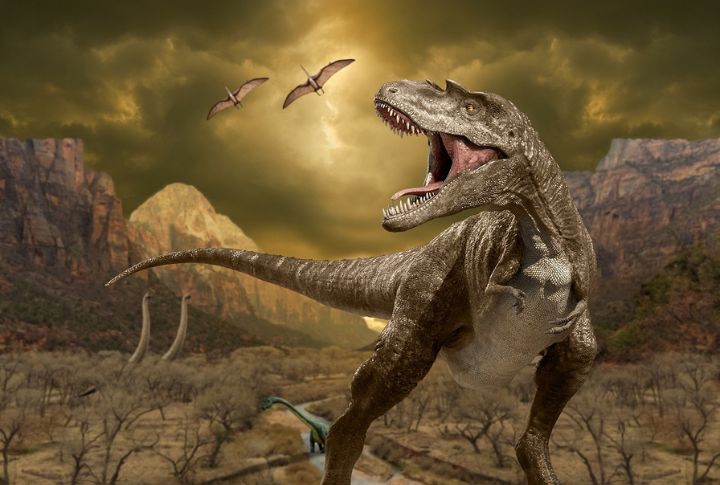
Sixty-nine million years ago, survival wasn’t about being the biggest but about adaptability. While prehistoric giants ruled the land, a small, unassuming creature silently shaped the future. Now, a single fossilized skull has surfaced, rewriting history and proving that the most overlooked survivors sometimes leave the greatest legacy. Here’s what was discovered.
A Skull Older Than Your Favorite Dino Movie

This newly discovered skull of Vegavis iaai proves that modern avians weren’t just latecomers to Earth’s story; they were present before the dinosaurs vanished. This bird’s relatives still exist, unlike T. rex, whose legacy is confined to fossils. Those beautiful swans are distant cousins of this ancient survivor. Talk about family history!
The Bird That Watched The Dinosaurs Fall
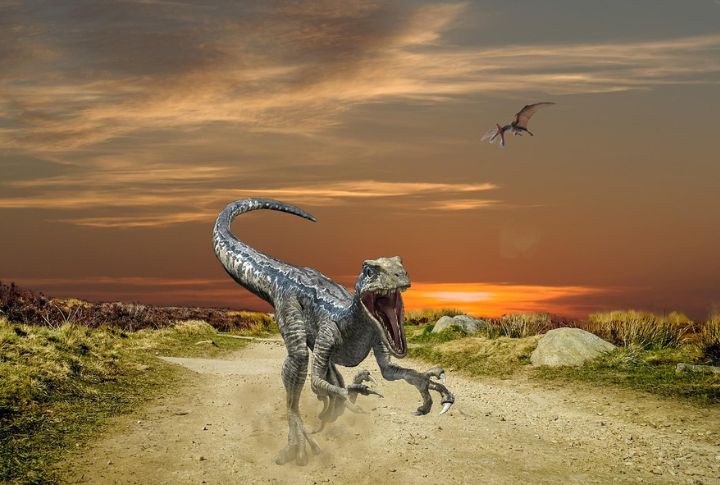
The Chicxulub impact event wiped out 75% of life on Earth. While massive predators vanished overnight, some creatures found a way to endure. This fossil proves that certain birds didn’t just survive—they adapted, evolved, and outlasted their reptilian rulers. It’s a story of survival against impossible odds.
Found In Antarctica

Antarctica wasn’t always a frozen wasteland. Back then, it was a lush, warm paradise teeming with life. The fact that this fossil was found there rewrites what we thought we knew about early bird evolution. This discovery suggests that Antarctica may have been a vital stronghold for species that would later dominate the skies.
A Prehistoric Bird That Lived Among Dinosaurs

Forget the idea that birds “came after” dinosaurs—some species thrived alongside them. Vegavis iaai isn’t a missing link but a true modern bird (crown group Aves), proving that avian species coexisted with non-avian dinosaurs. While not a transitional form like Archaeopteryx, its discovery reinforces that birds were already well-established before the mass extinction.
Ancient Brainpower

Ever wondered how birds outlived creatures ten times their size? It wasn’t just luck—it was brainpower. CT scans of this fossil reveal that early birds possessed advanced neurological features and flight capabilities. Maybe intelligence, not just flight, was the secret weapon that helped birds rule the post-apocalyptic Earth.
A Beak Built For The Hunt
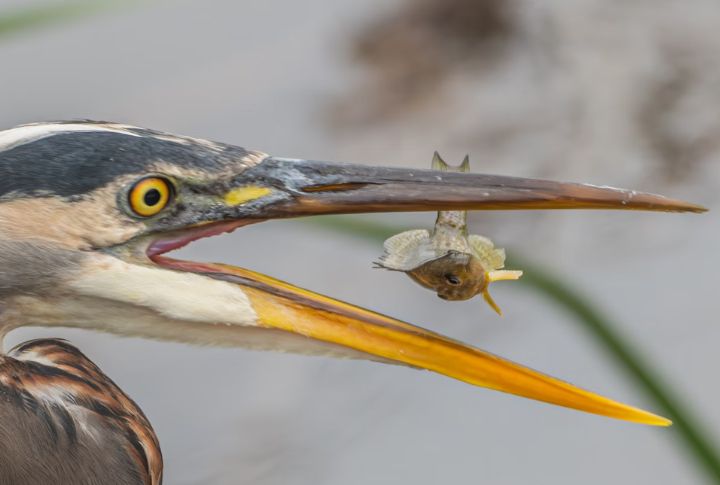
Fossil analysis shows that this bird’s beak was narrow and sharp, likely adapted for snatching fish from the water rather than breaking seeds. Unlike modern ducks or geese, which graze and filter-feed, this species had features similar to today’s diving birds. Its streamlined skull and lightweight bones also suggest strong swimming capabilities.
The “Wonderchicken” Might Have Competition
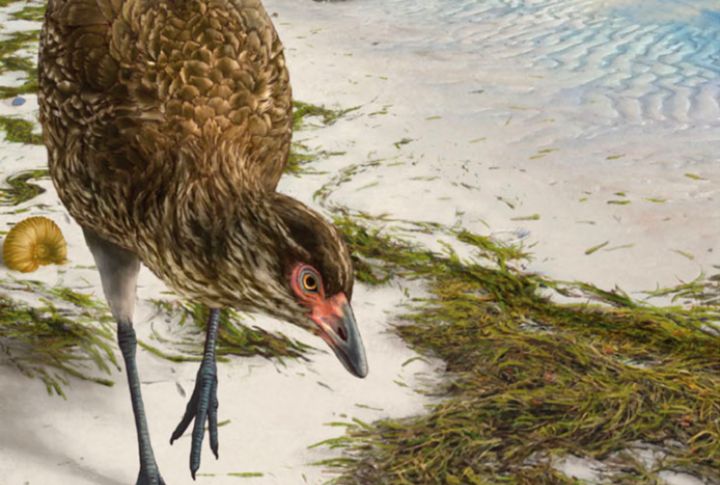
Remember the Wonderchicken—the previous record-holder for the oldest modern bird? Well, it might have to step aside. This newly discovered fossil is even older, potentially redefining bird ancestry. Even in extinction, history keeps rewriting itself, proving that the race for the title of oldest survivor never really ends.
Why Birds Survived The Apocalypse?
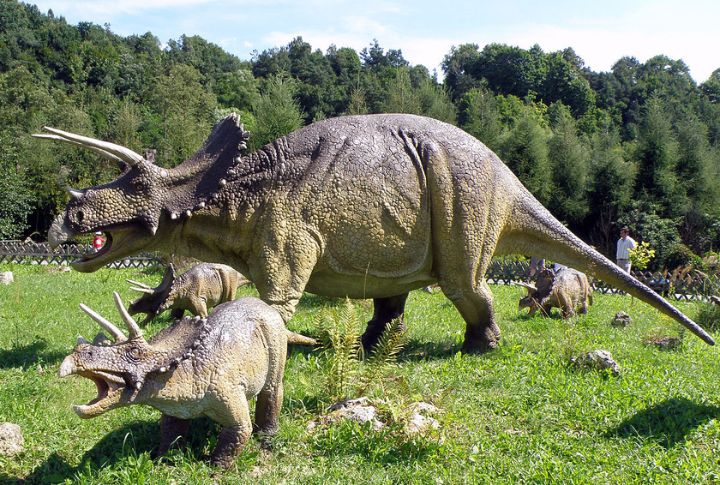
T. rex was too big to escape, and Triceratops had nowhere to hide. But tiny, quick, feathered creatures? They had an edge. They could fly away from danger, nest in high places, and scavenge in a world where food was suddenly scarce. Strength may have ruled the prehistoric era, but wings were the real power in the apocalypse.
High-Tech Tools Unlock Ancient Secrets
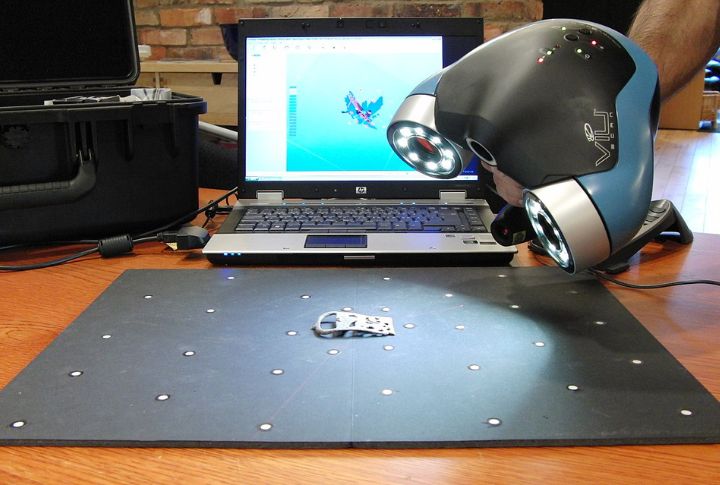
Imagine dropping a 69-million-year-old Vegavis iaai skull—not exactly replaceable, right? That’s why scientists used 3D scanning to build a digital model instead of taking a hammer to history. Thanks to this technology, we can study every detail of this prehistoric bird without turning it into ancient dust.
What Does This Mean For The Future Of Bird Evolution?
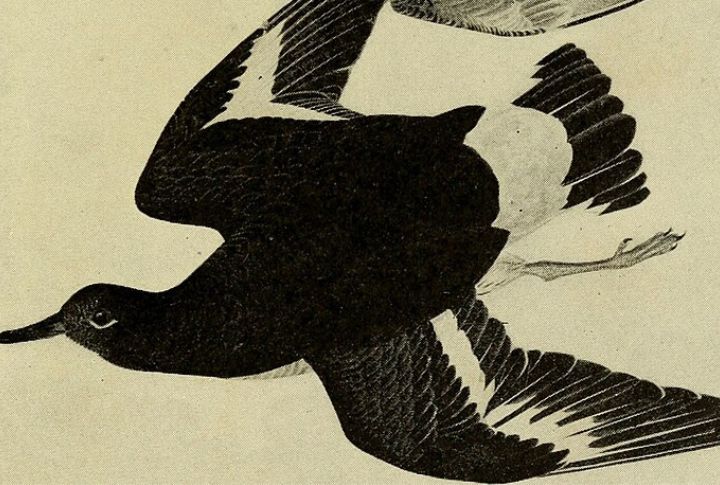
If birds were already evolving when dinosaurs roamed, what else is waiting to be found? Maybe there’s a tiny fossil buried somewhere that predates this one. Maybe future discoveries will reveal even earlier ancestors. But one thing’s certain: this discovery changes everything we thought we knew about birds.

